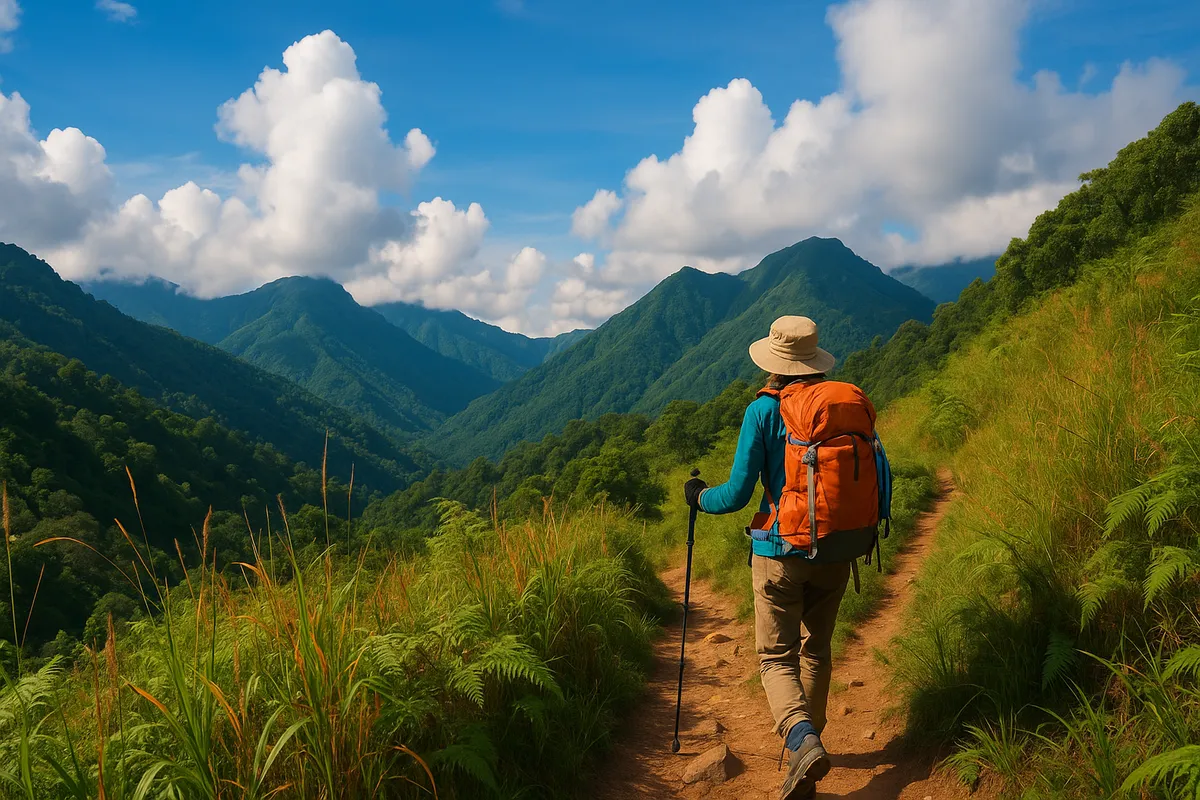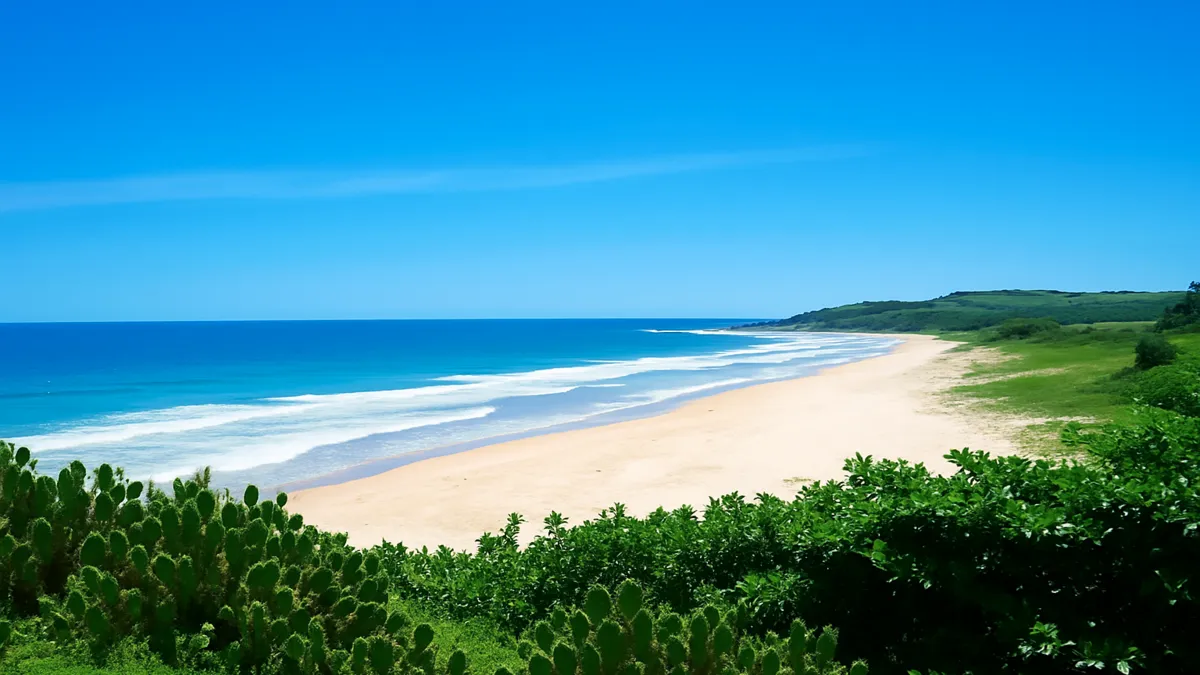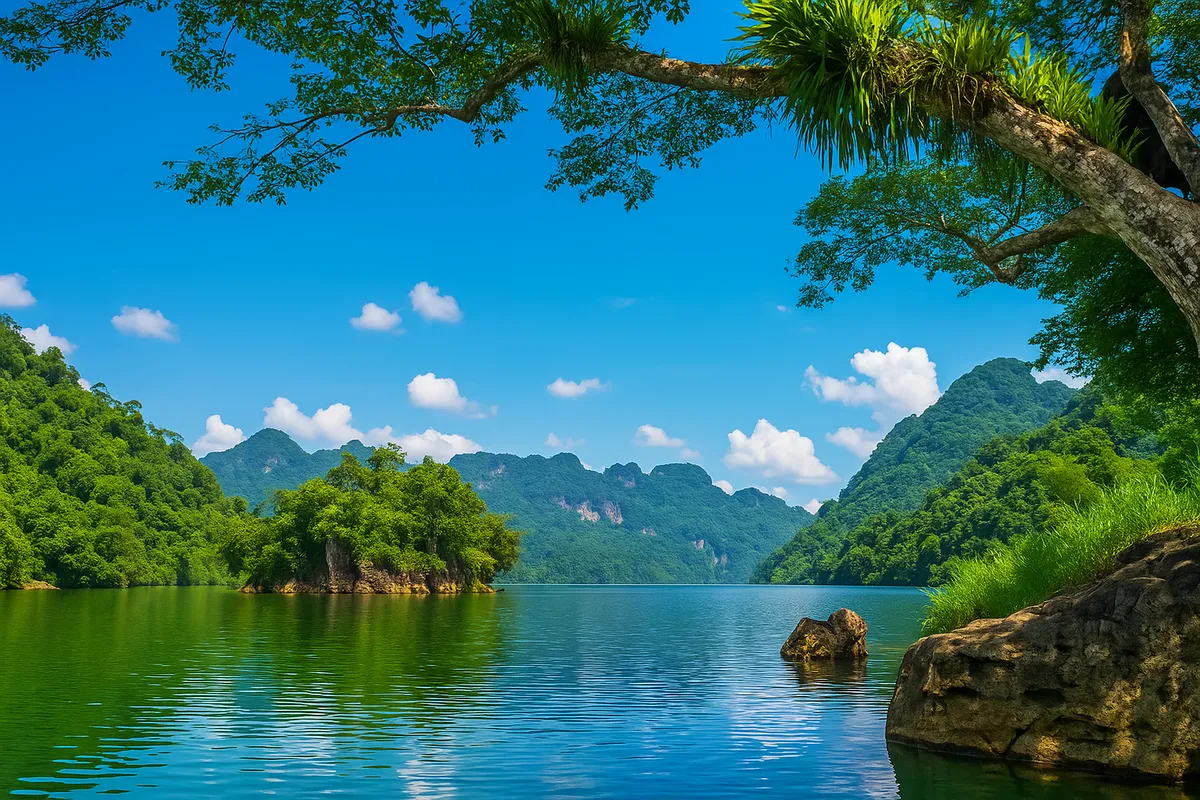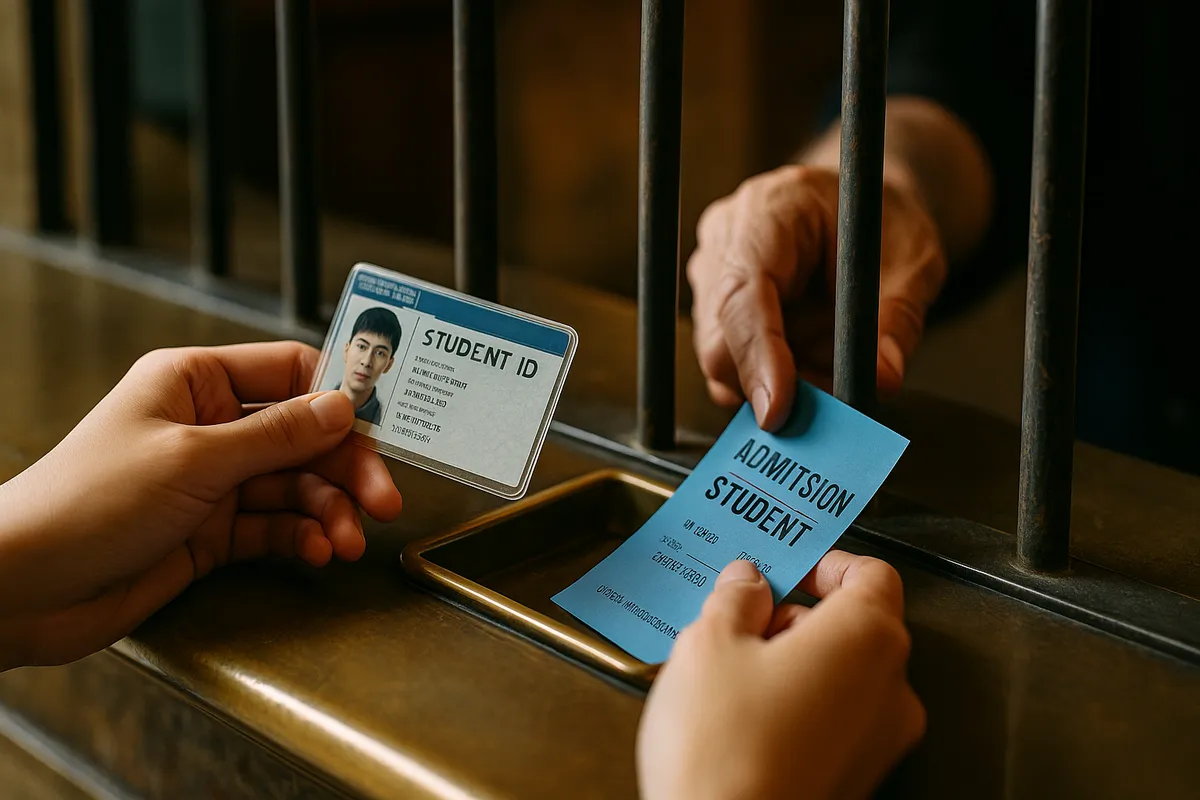Trekking experience for those who have never tried it
- Tuesday, May 13, 2025, 21:31 (GMT+7)
Trekking experience for those who have never tried it
The first trekking experience can be both thrilling and disorienting. Not because the trails are too long, the slopes too steep, or the weather too harsh, but because trekking is unlike any other form of travel. It is a journey that tests perseverance, willpower, and our ability to adapt to nature. Especially for first timers, proper preparation becomes the key to both safety and success.
You do not need to be exceptionally strong or endlessly resilient. With thoughtful preparation and an open mindset, anyone can embark on their first trekking journey in a fulfilling way. The important part is understanding what lies ahead and what must be done to make the first step one of progress, not retreat.
Start by assessing your current physical condition. Not all trekking routes are created equal. Some only require a few hours of walking through gentle tea hills or bamboo forests, while others take several days, crossing high passes, dense woods, and streams. Beginners should start with short routes under one thousand meters in elevation, with clear rest points and recommendations from experienced hikers. Choosing the wrong trail from the start can turn an adventure into a nightmare and destroy trust in trekking altogether.
When it comes to clothing, the essential rule is to keep it light, breathable, quick drying, and adaptable to changing temperatures. A set of long sleeve activewear, flexible fabric, a light windbreaker, a wide brim hat, and fabric gloves will suit most basic routes. Proper trekking shoes are non negotiable. A good pair not only prevents slipping but also reduces the risk of ankle injuries, which are among the most common in trekking. Shoes should fit well, be tested at least a week in advance, and worn a few times on inclined terrain to avoid blisters deep in the forest.
Backpacks for beginners should not be oversized. A volume of twenty to thirty liters is ideal, enough to carry water, dried food, a raincoat, wet wipes, personal medication, a flashlight, a power bank, and an insulated ground mat. What matters is not how much you carry, but carrying the right things. A helpful tip is to organize items into small labeled bags. This avoids rummaging, saves time, and keeps your pack tidy.
Maintaining energy during a trek is non negotiable. Many beginners only drink when they feel thirsty or eat when hunger hits. In reality, this causes the body to tire faster. Drink small sips every thirty minutes, even if you are not thirsty. For food, bring easily digestible and high energy items like dried nuts, banana chips, salted candies, or energy bars. Avoid spicy foods, greasy dishes, and unfamiliar snacks that may upset your stomach.
Another common mistake is overlooking weather and terrain specifics. Many people simply check for rain on Google and forget to verify humidity, wind levels, or landslide risks. Some trails become dangerous simply due to overnight rain that makes paths slippery. Always monitor forecasts from at least two trusted sources, and ask those who have recently trekked the same route for updates.
Avoid going solo on your first trek. Travel with a group that includes experienced hikers. This is not just for safety but also an opportunity to learn valuable skills. You will learn how to cross streams without soaking your shoes, where to grip on slippery rocks, how long to rest tired legs, and where to pause to avoid landslides. These lessons are not found in guidebooks or videos but are gained through real experience and close observation.
Staying connected is a survival priority. Forests often lack mobile signal, so prepare by downloading offline maps, using a GPS device, or at least bringing a photo of the area map and contact details for local rangers and the nearest medical post. Additionally, inform someone at home about your planned route and estimated return time. If you cannot be reached afterward, they can quickly alert authorities.
A skill worth learning early is how to respond when lost. Do not keep walking if you are unsure of the path. Stop, look for higher ground to observe your surroundings, listen for water or human voices, mark your current spot, and wait calmly instead of panicking. A little known trick is to carry a rescue whistle. Small and light, it sends signals farther and more clearly than shouting ever could.
Mental strength is just as crucial as physical stamina. Trekking is not only about walking. It is a discipline that strengthens patience, self control, and quick thinking. There will be moments of frustration from intense sun, physical exhaustion from long routes, or irritation when the group moves too fast. Accept that it is a challenge and that each difficulty is part of the journey. Moving slower than others does not mean failure. It means learning to recognize and overcome personal limits.
Before leaving the forest, do not forget the principle of leaving no trace. Even a candy wrapper or an empty bottle must be packed out. Respect for nature is the foundation of sustainable trekking. A lesser known tip is to carry a sealed, odor proof trash bag. It keeps your backpack clean while protecting the environment.
Your first trek will not be perfect. There will be mistakes, sore muscles, slips, and maybe even moments of regret halfway through. But with careful preparation, clear awareness of the challenge, and a calm mind, it could become one of the most unforgettable journeys. A journey not only into the forest, but also into the depth of your own self.

 CHECKIN.VN
CHECKIN.VN








Share on